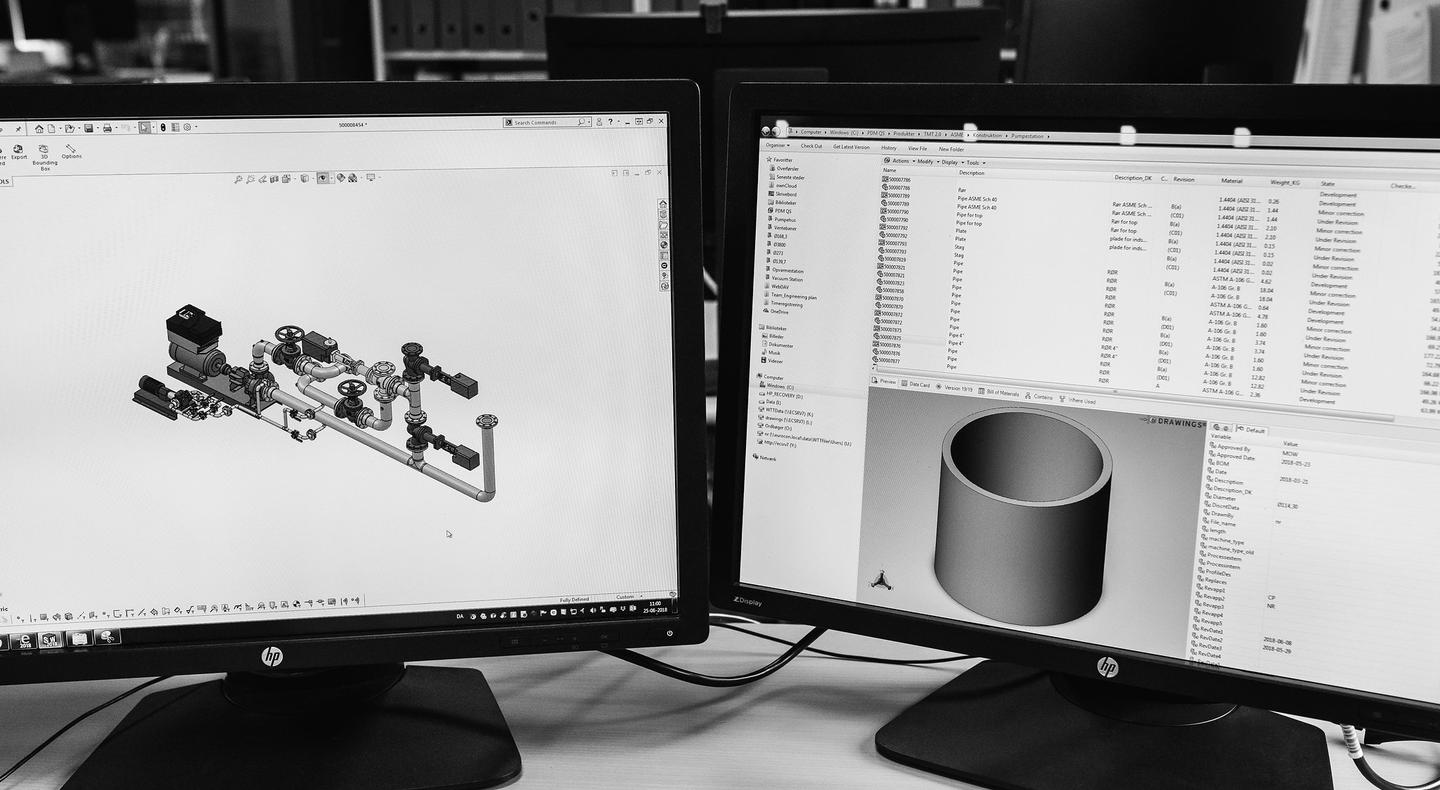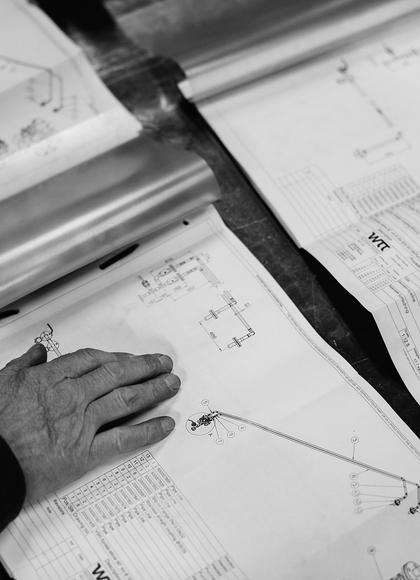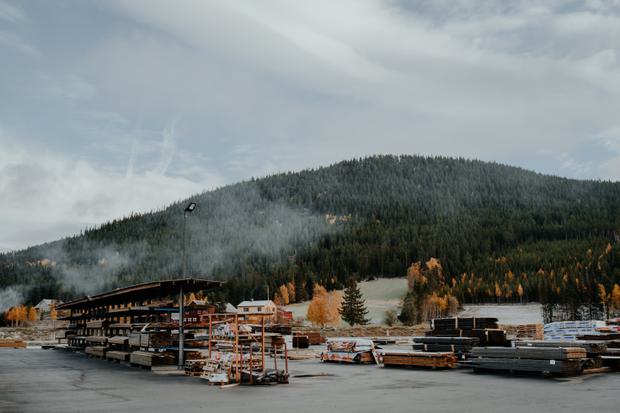
The Future Of Modified Wood
What's Next in Wood
Explore the Future of Wood: Complementing our existing product range of US-sourced Pine, we're excited to announce our forthcoming expansion into Oak-based siding, decking, and blanks. Sourced from high-quality US sawmills in the North East, our Oak offerings are designed for exceptional durability, achieving a Class 1 performance rating.
Our profiles, including tongue and groove for siding and double groove and S4S for decking, remain consistent, aligning seamlessly with US standard fastener systems. Stay tuned for more information in early 2024.

What's Next in Innovation
After the successful introduction of our cutting-edge second-generation thermal modification technology in 2018, we concentrated our research and development efforts on addressing the constraints in the application of modified wood. Leveraging the foundation laid by our TMT technology, we are actively working on advanced hybrid modification techniques designed to confer termite resistance, as well as meet the rigorous standards of Use Class 4 in-ground and Use Class 5 marine applications.
Having established the scientific framework for hybrid modification, we initiated an extensive laboratory testing program in the summer of 2022, specifically targeting Use Class 4 performance in accordance with relevant norms. We conducted assessments on a total of nine different modification intensity combinations. In August, the results exceeded our expectations; even with the lowest modification intensity, our wood achieved the highest possible durability performance, classified as Durability Class 1.
Buoyed by these promising findings, we're now progressing to the next stage of our research and development journey. This phase involves implementing field performance tests and prototyping. While laboratory tests validate the intended product performance, long-term field testing will provide deeper insights into the science behind our process and bolster confidence in product durability. The transition from the laboratory to large-scale manufacturing is a complex process, overseen by our engineering team. Utilizing existing manufacturing equipment and developing a prototype represent the initial steps in the transition from the lab to the factory.

What's Next in Modification
Quality Assurance and Quality Management Systems play a pivotal role in ensuring the fulfillment of customer expectations. In the realm of Modified Wood, although various Quality Assurance systems exist, a scientifically grounded system tailored to the industry's needs has yet to be developed and implemented. Recognizing this gap, KWD is taking the lead in an initiative aimed at establishing the scientific framework for an effective Quality Assurance system applicable to manufacturing.
Through an extensive review of existing research, our analysis has revealed a robust correlation between Equilibrium Moisture Content (EMC) and Durability Performance, a standard measure in our industry and practical for quality assessment during manufacturing. Lower EMC levels in modified wood are linked to superior durability performance. The critical question arises: at what EMC level can maximum durability performance, classified as Durability Class 1, be consistently achieved across both hardwood and softwood species?
Based on rigorous laboratory testing involving 900 specimens from five different species, we conducted data analysis and presented our findings at the 11th European Workshop on Modified Timber in the spring of 2023. Our study demonstrates with high statistical significance that an EMC level at or below 6 results in the highest durability performance, reaching Durability Class 1.
In response to these findings, we've also devised a scientifically sound sampling and preparation procedure to determine EMC in the manufacturing process. You can access both our scientific paper and the sampling and preparation procedure below. EMC emerges as the sole scientifically grounded quality parameter available in our industry and should be a mandatory reporting requirement for manufacturers. We are proud to confirm that all KLAASWOOD products meet the EMC standard of being at or below EMC = 6, as assessed using our established sampling and preparation procedure.

